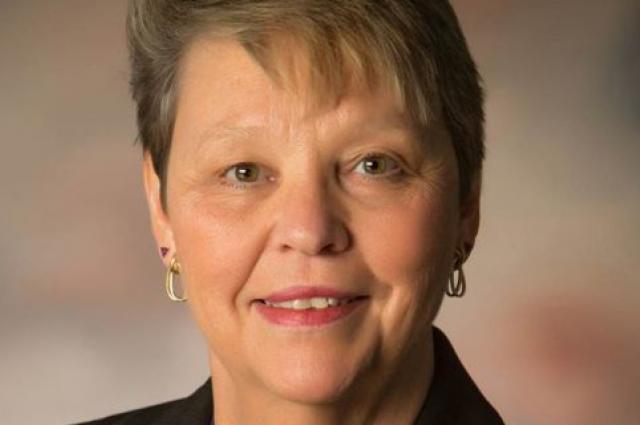The New Face of Mining: Barb Filas
When Barb Filas got her start in the business, she was hand drafting documents and using a mimeograph machine to crank out copies for permitting. There were precious few women in mining engineering and none in a mining leadership position.
| Women are persevering; change is happening. Mining is still seen as a quintessential male domain in many respects. But women the world over toil as miners, and more and more female mining and geological engineers are entering the industry, putting their mark on technological, environmental, corporate and social advancements. The University of Arizona is dedicated to helping fill the much-needed pipeline of mining and geological engineers. In part, that means making sure women continue to take their place in an industry expected to need 128,000 skilled workers by the end of the decade. "When I was growing up, I heard more about what careers women couldn’t have than what careers they could have," said UA Distinguished Professor Mary Poulton, director of the Lowell Institute for Mineral Resources and head of the mining and geological engineering department. "Today it is a different world. Women can access any career they want. Now the challenge is what you can do, not who you are." Young women just entering the profession feel they have a world of opportunity awaiting them, and those well into their careers and nearing retirement say they have had the ride of a lifetime. They are the new face of mining. And these are their stories. |
"It was certainly a different time," said Filas. "Back when I was in school, a woman in the industry was very much an anomaly."
Filas was one of the first few women to graduate from the mining engineering program at the University of Arizona. She collected her diploma in 1978 and followed her grandfather and father into mining. In her 35-year climb from the Illinois coal mines to the boardroom of a global mining firm, she has seen more change than she ever imagined.
When Filas was interviewing for her second job just a couple of years out of college, the general superintendent had but one question for her: “Do you know how to set a spad?” he asked.
"You mean a surveying spad?" Filas replied.
"That’s the only kind of spad I know," the superintendent said, to which Filas answered, “Yes, yes I do.”
A spad is a flat key-like spike commonly used for attaching plumb line for mine surveying in underground coal mines.
Then the general superintendent got up and walked out; end of interview. Filas later learned that the mine superintendent with whom she had also met earlier in the week, "a crusty old guy" with equal employment opportunity quotas hanging in the balance, had said to the general superintendent, "Well if you have to hire one of them, I guess that is the one you should hire."
"These kinds of things would not happen today; the world has changed," Filas said. "But that is the way it was back then."
By the time Filas retired in February 2013 from her job as Geovic Mining Corp.'s president, more and more female engineers were entering the field and coming up in the ranks with greater ease.
Now Filas, former president of the Society for Mining, Metallurgy, and Exploration and the first woman ever to have held that position, is turning her attention to helping young women take advantage of the tremendous opportunity in the industry and providing mentorship to help women take on leadership roles. Through the Society, she is working to formalize mentoring programs.
"That’s my current windmill," said Filas, who herself had only the guys who took her under their wings. "I never really appreciated the value of female mentoring until I started to know some of the younger girls. I think they are interested in some of the war stories us more seasoned girls have behind us."
The advancement of women in the mining industry is even more important in developing nations, said Filas, who, in a consulting career primarily focused on environmental impact and social responsibility, has worked on mining projects throughout the world.
"You really wish things could change more rapidly in some parts of the world," she said. "In many, many countries in the developing world, there are huge untapped reservoirs of mineral resources, yet the majority of people live in dire poverty. The development of mines in these countries creates opportunities to transform lives."
Filas, who teaches short courses in the UA department of mining and geological engineering, lives in Denver with her husband and has two grown sons. Her husband and children are all engineers, though her sons did not carry forward their mining heritage.
"It has been a fun ride," Filas said, as she described her time in some of the remotest corners of the world but in an industry where everyone knows everyone else.


